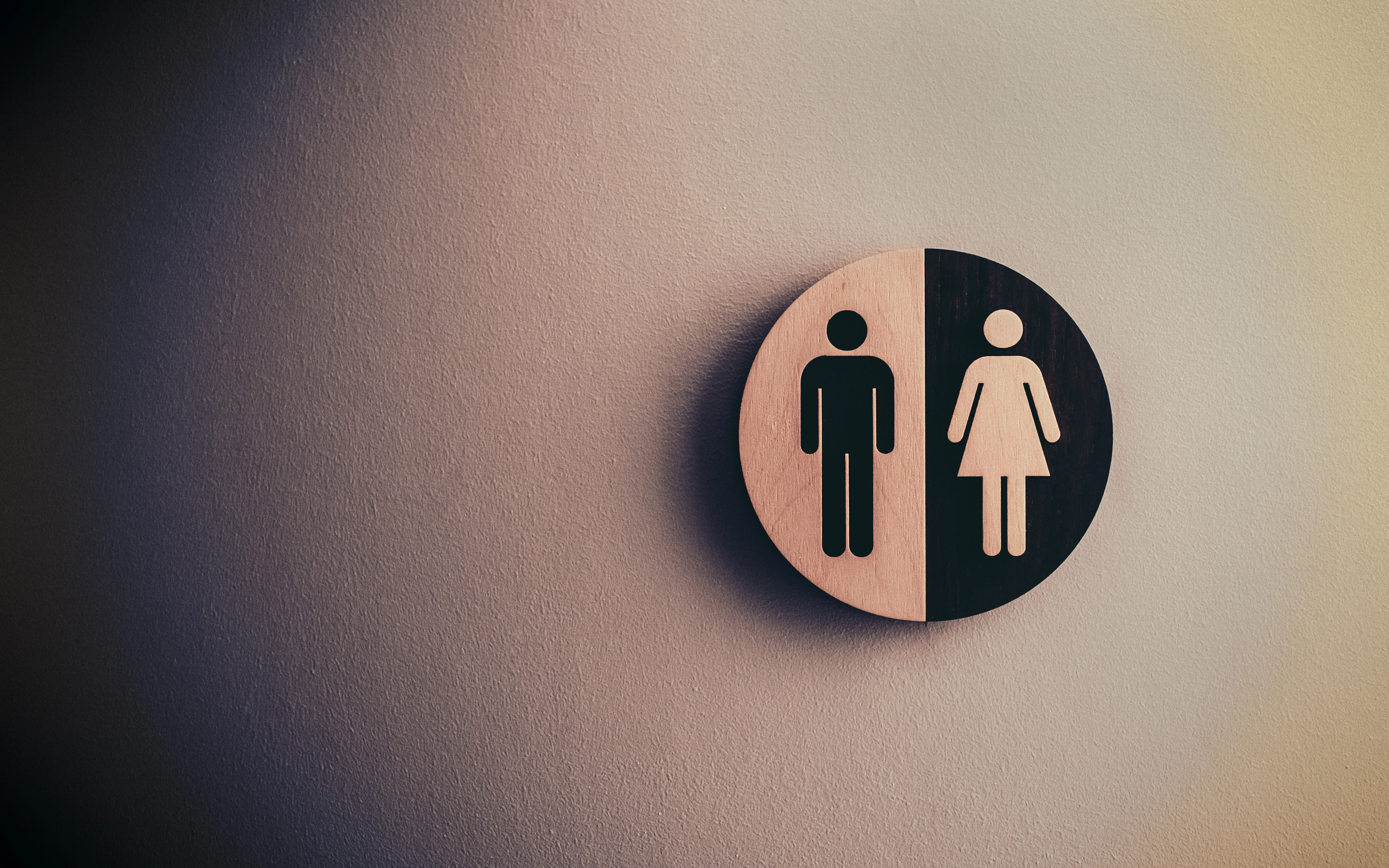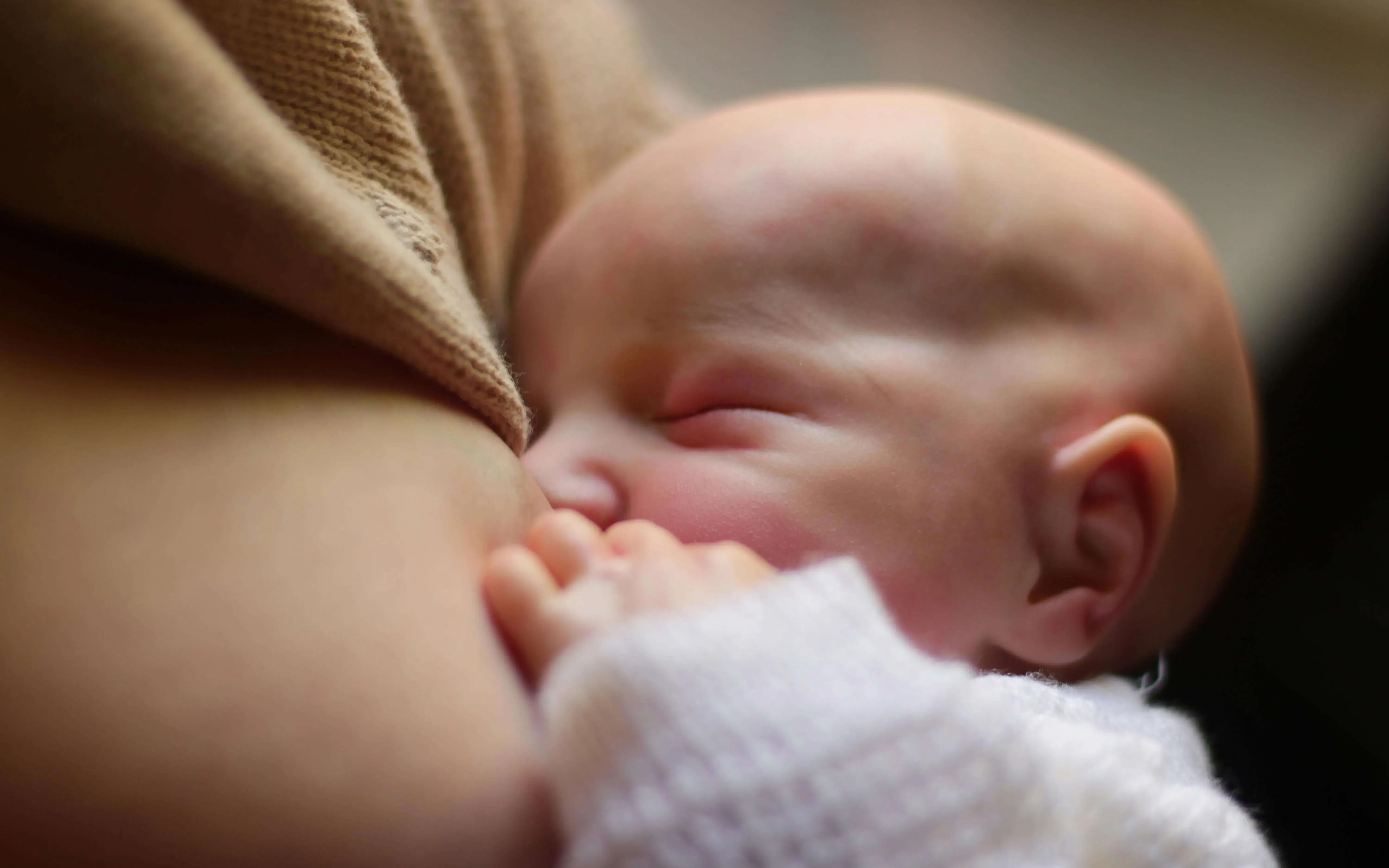UN Women has launched an infographic which informs about progress and challenges that women will face in a range of areas.
UN Women has published an infographic that analyses the actual state of gender equality in different areas as education, politics, wages or media representation.
The document shows that the percentage of women in parliament has doubled in the last 25 years, but this only translates into around 25% of women in parliament today.
In the range of wages, around 49% of the world’s working age women are in the labour force, compared to over 75% of working age men, and globally, women earn 16% less than men.
In the field of education, all developing regions have achieved gender parity in primary school but the gender disparity widens at the secondary and tertiary school levels in many countries. Specifically, only 70 young women for every 100 young men complete upper secondary school in low-income countries. As a result, women account for two-thirds of the world’s illiterate.
Talking about media representation, women’s presence as subjects in print, radio and television has only increased to 25% in 2015 from 17% in 1995, and only 9% of news stories evoke gender inequality issues, while 4% challenge gender stereotypes.
The main threats
The infographic also analyses different threats and challenges that women have to face to survive all over the world: access to clean water, conflicts, maternal deaths or violence against women.
The document explains that in the matter of conflicts, in 2000 the pioneering UN Security Council Resolution 1325 recognized that war impacts women differently and remarked the need to increase women’s participation in peace talks. However, from 1992 to 2018, only 13% of negotiators at peace tables were women.
Maternal deaths have been reduced in the last 17 years, but 830 women still die every day. 99% of these deaths occur in developing countries.
Another difficulty that women have to face is the access to clean water. 7 in 10 people worldwide have access to safe, readily available water at home, but women still spend 16 million hours per day collecting water in 25 sub-Saharan countries.
Finally, in the field of violence against women, in 1993 the UN General Assembly provided a framework to eradicate this pandemic. However, more than 25 years later, 1 in 3 women still experience physical or sexual violence, mostly, by an intimate partner.







Add new comment